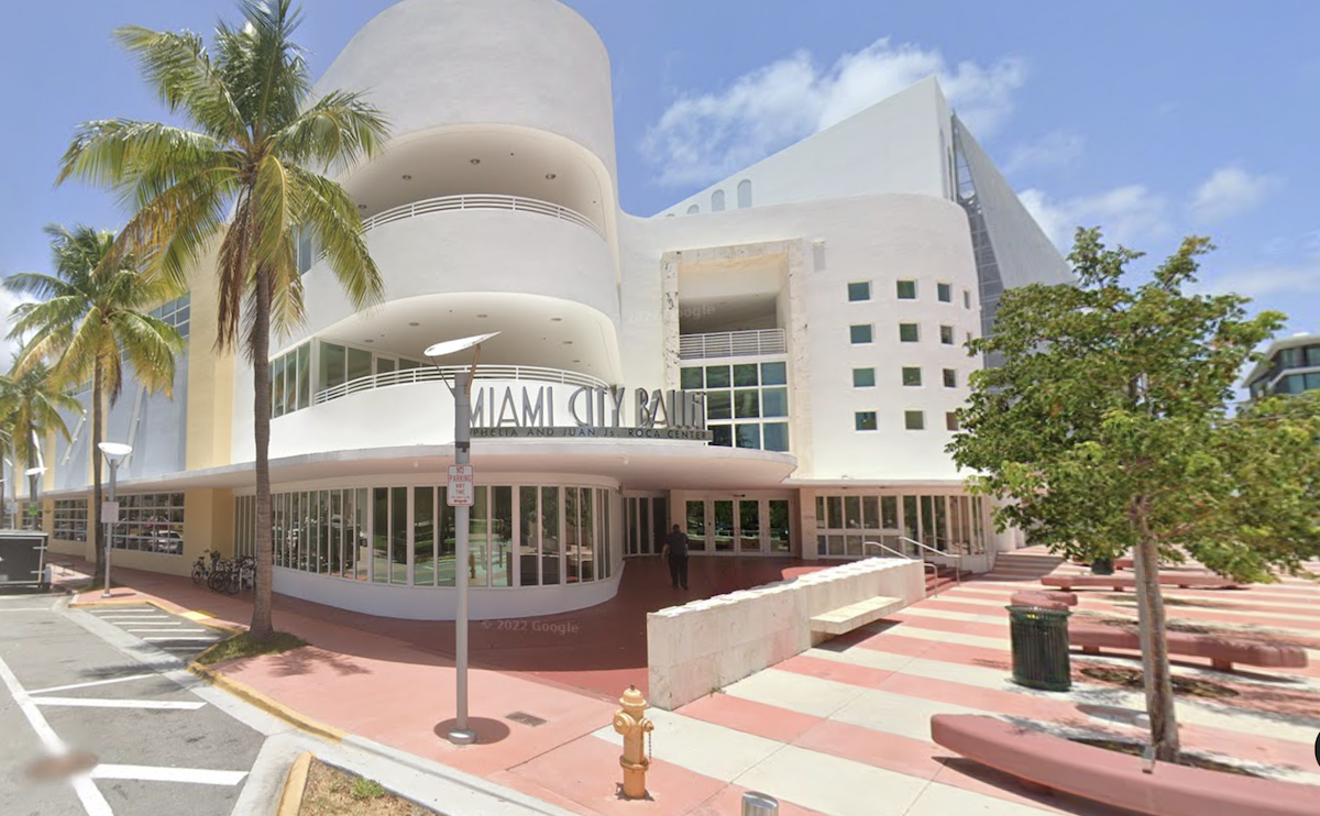The package arrived with no return address. George and Helen Clarke found inside it a catalogue from Sotheby's, the fancy New York auction house. Attached was an unsigned note that read, simply, "We suspect the items catalogued #229 will be of interest to you."
The Clarkes thumbed through the glossy pages until they spotted lot number 229. There, pictured in full color, were two gold and silver bowls the Clarkes had sold a few months earlier. The transaction, which netted the Clarkes $1880, was brokered by Dania antique dealer Bruce Kodner, who had appraised the pieces' worth at about $2000.
Sotheby's estimation of the value differed A by a factor of 40. Their appraisers predicted that the ornate gilt bowls, produced in Hungary during the 1600s and exquisitely etched with mythological scenes, would fetch between $60,000 to $80,000 at auction.
The Clarkes, who had inherited the pieces from George Clarke's mother, were mortified. When they called Sotheby's to find out who had put the heirlooms up for sale, their shock turned to outrage. Kodner, it seems, had signed them over. Sotheby officials, sensing an ownership dispute in the offing, withdrew the bowls from the April 1991 auction. More than two and a half years since the day Kodner visited the Clarkes' Miami Beach home to appraise their collection of antiques, the legal battle over the eight-inch-high pieces grinds on.
In fact, the bowls, perched atop two rearing stallions, were actually purchased decades ago by Clarke's stepfather, Seymour Nebenzal, a Hollywood film producer of some repute during the 1930s. "I remember before she died, my mother told me the pieces were very old," George Clarke says. "We didn't realize how old."
Kodner's lawyer insists the whole affair was a misunderstanding and says his client has offered to return the antiques. But the Clarkes insist the antique dealer should be made to pay up to a quarter of a million dollars in punitive damages. "He picks on people who have to sell something, like us," says mild-mannered George Clarke, a former legislative aide to Congressman Claude Pepper. "We want to make sure that he doesn't feel free to do this again." The Clarkes' civil lawsuit, which accuses Kodner of breach of fiduciary duty, civil theft, and fraud, is set for trial in June.
The imbroglio began back in 1990, when the Clarkes saw an ad for Kodner's appraisal service. According to George Clarke, Kodner visited the house on July 2 to appraise about 40 items, the Hungarian bowls among them. "He walked around inspecting stuff and my wife took notes," Clarke recalls. "He sounded eminently reasonable, so nice and personable." Kodner didn't even charge the Clarkes; instead he deducted his fee from a trio of antique rugs he bought from the couple.
Three months later Clarke consigned some twenty items to Kodner to put up for auction, including the Hungarian bowls. In early October the couple visited his shop to set minimum prices. A few days later Kodner called. "He said this interior decorator came into his shop and just had to have the bowls. I said, 'Is he coming to the auction?' And Kodner said, 'Well, he wants them right away, but he's willing to pay more than you'll get at auction.' I said, 'Are you sure?' He said, 'This is the highest and best price you'll get.' So we okayed it."
The selling price was $2300, from which Kodner deducted a twenty-percent commission fee. He wrote the Clarkes a check for $1880, dated October 10, 1990. The Clarkes didn't give the matter another thought until March, 1991 when they received the Sotheby's catalogue with the anonymous, cryptic note. They have since discovered, through Sotheby records, that Kodner consigned the pieces to Sotheby's the day before writing the check. "In other words," George Clarke surmises, "it doesn't appear that any third party ever existed."
Kodner refuses to comment, deferring to his lawyer, Daniel Mones. While denying that Kodner did anything wrong, Mones says his client is "willing to terminate the transaction and put the properties back where they were to begin with." He says the Clarkes should be happy with this settlement.
But the Clarkes, who have run up tens of thousands of dollars in legal fees, say they would settle for the bowls, plus $140,000 in damages, or they will press to have the case decided by a jury. Their attorney, Tom Buscaglia, notes that the dispute over ownership itself has diminished the value of the pieces.
Meanwhile the two precious bowls, once the property of Hungarian aristocracy and Hollywood moguls, sit in a Sotheby's warehouse gathering dust.










